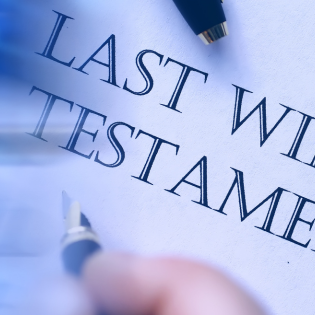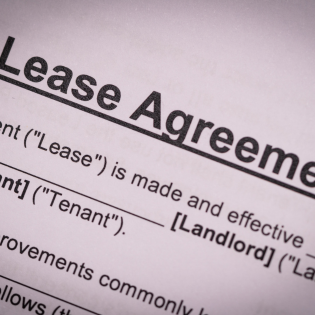Family business succession: how business strategy, business valuation and pricing the business relate to family succession

Reviewing strategy is important to ensure a family business is an attractive proposition for a successor. It involves considering the strengths and weaknesses of the firm, the threats and opportunities facing it and what shape the business should be put into in response to these questions. The process enables a rejuvenation of the business where complacency or even decline may have set in.
Towards retirement a proprietor has less incentive to invest to grow the business. They might have less energy to carry it out, or less creativity to innovate where required. They may be sceptical of the need to invest, expand and innovate even if their intended energetic successor is involved in the business.
A lack of dynamism from the founder or current family business leader (or key managers who are family members), will influence the workforce. The workforce will want reassurance about the future of the business and thus their jobs and careers. The lack of energy of the outgoing family business leader(s) may provide opportunity for competent, lower level non-family managers to shine as day to day responsibility increasingly falls on them to run the business.
The succession phase is a suitable time to review the market offering of the business to secure the future prospects of the business for the owners and workforce. Products for less attractive market segments might be dropped. Entries into promising new segments may be planned. It is also a suitable time for non-operating assets to be disposed of which may have been collected over the years for the private interest of the outgoing family leader(s).
This will connect to the retirement planning of the outgoing family member whose wealth to date may still be substantially in the business. This may be a legacy of reinvesting profits or using the business to acquire assets that might otherwise have been purchased as private assets. The problem is made more complex if the business is only modestly profitable. This may be the background to a difficult debate between family generations about how to value the business – on earnings or on net asset value. The seller will want to use net asset value to value the business to reflect its valuable assets whilst the buyer will want the limited profits reflected in the price, thus s/he will prefer a valuation based on earnings. There may also be tax issues to cloud the picture if reserves have built up in the business over the years. All this makes using the family business as a pension pot more complex than it might first seem to family business owners.
The business can only be valued for succession once the strategy review has occurred and the shape of the future business has emerged from that. However, family business valuation has particular issues that need addressing. It is at this point that the financial control and accounting systems can often appear to be insufficiently detailed or of questionable reliability. Furthermore, as the business shares are often illiquid there is no market valuation to rely upon to test a valuation. The business may be rather niche, or the business holds business and de facto private assets under one umbrella which need to be distinguished to obtain a proper business valuation. The company expenses may reflect some private family expenses run through the accounts for tax reasons that would not be present in non-family businesses. Inflated accruals or excessive depreciation on assets may hide true business value. The family in good times may pay themselves over the market rate, or in bad times severely underpay themselves to help the business survive.
Therefore, a family business valuation starts with scrutinizing the records supporting the financial information. This allows the incoming family owner to assess the business value and prospects without the presence of their predecessor and ensure it is based on cost and income estimates that are market conforming. This will allow the family to properly discuss how to value the business net asset value, EBIT or EBITA multiple, discounted cash flow or use a composite figure generated from figures created by several of these methods.
The resulting business valuation will not necessarily be the price paid for the business. The price relies on the valuation, but it also relies on the emotive value of the business to the outgoing family member, the nature of the successor and the financing assistance available. The seller tends to overvalue the business for sentimental reasons. Yet the sale to a family heir is likely to bring a discount to give affordability to ensure the succession occurs, although within the parameters of what is acceptable within tax law. If there is access to plenty of cheap debt, it is likely to raise the price; the buyer can bear the higher costs if the debt servicing is cheap enough and the higher price assists the seller in their retirement plans.
Both the outgoing and incoming family owners need to consider these issues in family transition. It is the more experienced and knowledgeable outgoing family owner who is best placed to raise matters for consideration in family succession. My colleagues and I at Nexa are able to discuss with family business owners and managers the practicalities of management changes, asset and business divestment, and tax issues relating to family business succession planning. We recommend family business owners gain a sufficient awareness of these practicalities as relevant to their context so their succession planning can be realistically designed in good time for a smooth succession.
For more information please contact Henry Clarke using henry.clarke@nexa.law







